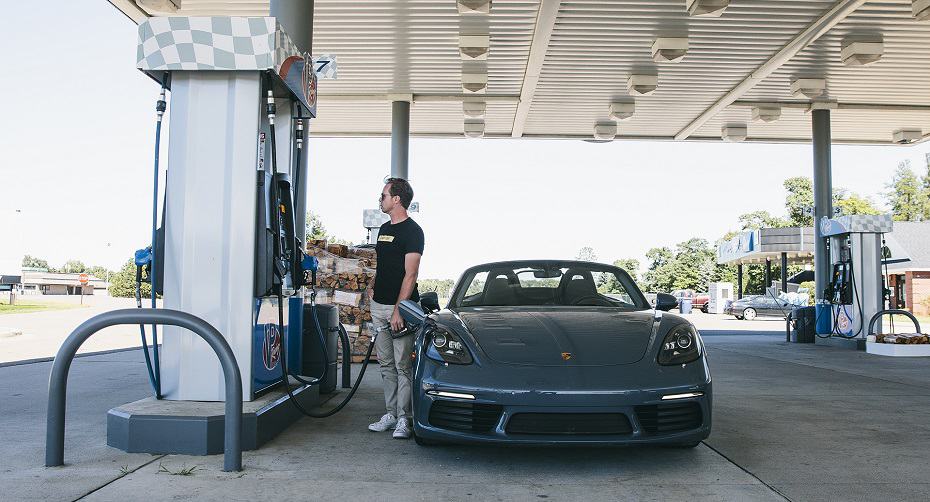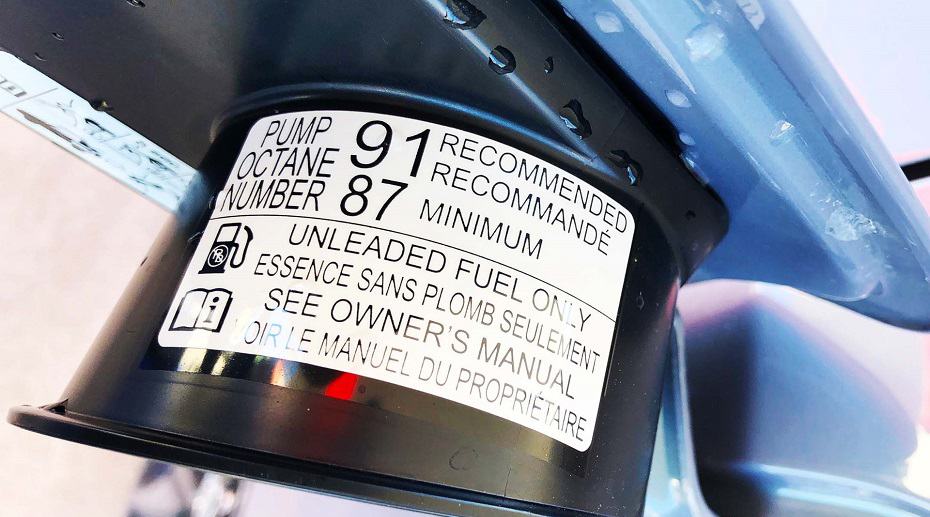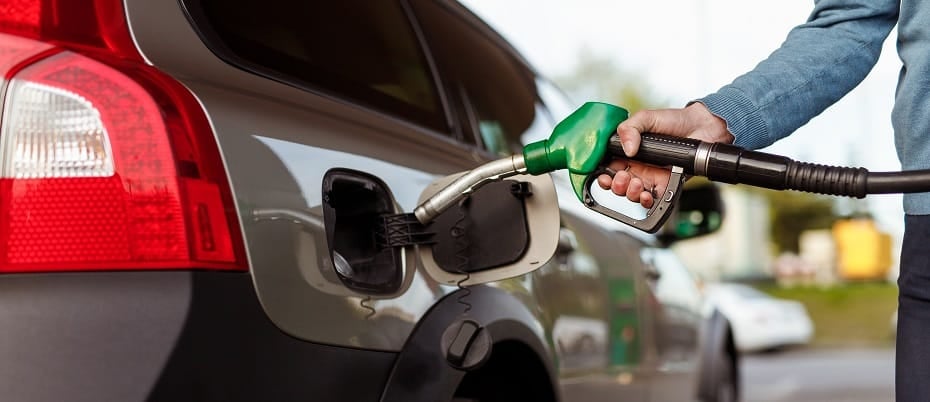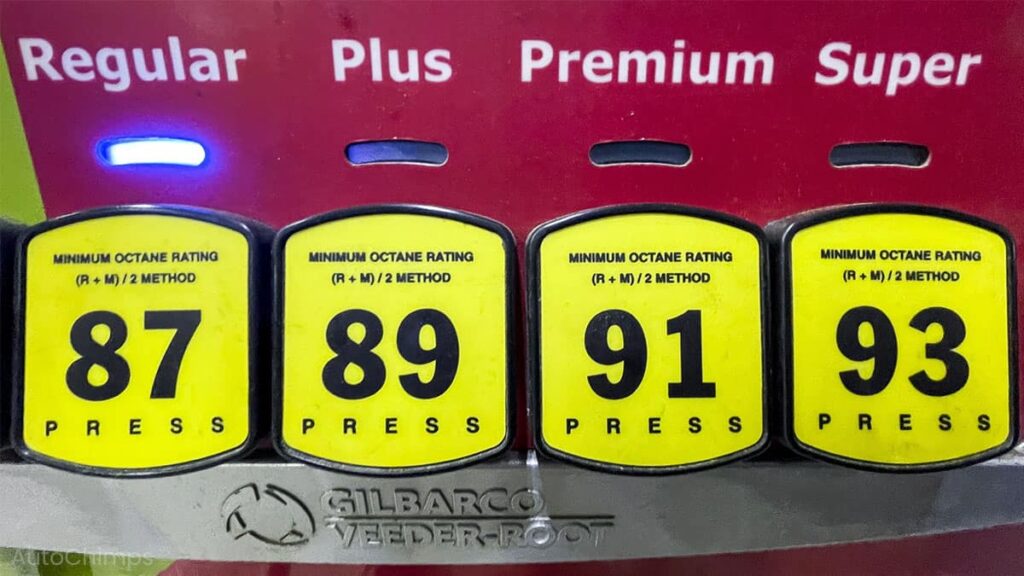



Regular vs. Premium Gas: What’s the Deal?
Most gas-powered rides roll on Regular fuel, but some high-performance machines need that Premium boost. The main difference? Price and octane rating. Regular usually sits at 87, while Premium dances between 91 and 94.
Understanding Octane Ratings
Higher octane means better resistance to early detonation. So, what happens if Regular and Premium get mixed? Basically, it alters the octane level in the tank. Many stations even offer an 89-octane “Midgrade,” which is just a blend of the two.
Mixing Gas Grades: Is It Bad?
For cars designed to run on Regular, tossing in some Premium won’t hurt a thing. But if a Premium car gets Regular? That’s a different story. Performance dips, and there’s a chance of serious engine damage.
What Happens If Regular Gas Hits a Premium Ride?

High-compression engines, like turbocharged ones, are all about squeezing power from that motor. But they crank up the pressure and heat, which can lead to premature ignition of lower-quality fuel—hello, engine knock!
Engine knock, or “pinging,” happens when the air-fuel mix in the combustion chamber doesn’t ignite smoothly. A little knock now and then? No biggie. But if it keeps happening, it can wreck critical engine parts like pistons and crankshaft bearings.
Curious about what engine knock sounds like? There are some great examples on YouTube that really nail it.
Why Premium Fuel Is Better
Premium fuel’s higher octane rating means it’s less likely to ignite too soon. This gives the car’s Electronic Control Unit (ECU) time to fine-tune detonation, boosting performance and efficiency.
Sure, engine knock can come from other issues like bad spark plugs or carbon buildup, but low-octane fuel is often the main culprit.
What If Premium Goes in a Regular Car?

Premium fuel lets the ECU optimize detonation, but a car that’s meant for Regular won’t create enough pressure or heat for that to matter. Filling up with Premium might feel like pampering the ride, but it doesn’t offer any real benefits if the car’s designed for lower octane.
Mixing 87 and 91 gas? Sure, but it’s just throwing money away. Stick to the grade that suits the car.
How to Know What Fuel Your Car Needs

Check the label inside the gas door for the right fuel grade. If that label’s gone, the owner’s manual has the scoop on what octane rating the engine needs. Another option? Just hit up a local dealer with the car’s VIN for the info.
Mixing Different Grades: What’s the Verdict?

There are plenty of ways to keep a vehicle running strong, but filling up with the wrong fuel grade isn’t one of them. If Premium accidentally goes into a Regular car, it’s not a disaster. Drive on without worry, but don’t expect any perks.
Putting Regular in a Premium car isn’t a major crisis either, as long as it doesn’t happen all the time. If engine knock happens after using Regular, an octane booster might help fix things.
To really keep a ride in top shape, sticking to the right fuel grade and fueling up at Top-Tier gas stations is the way to go.



